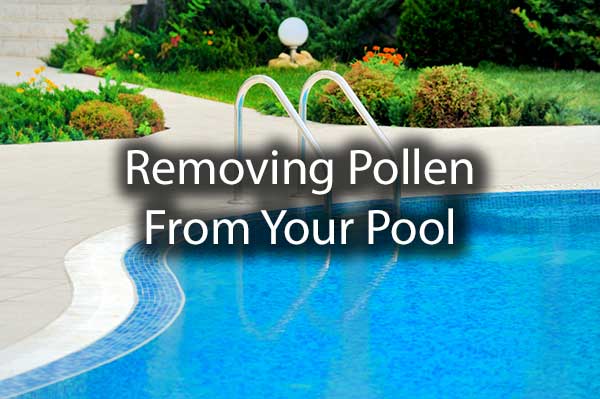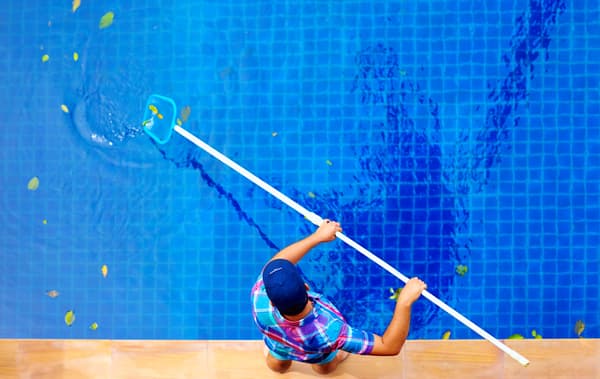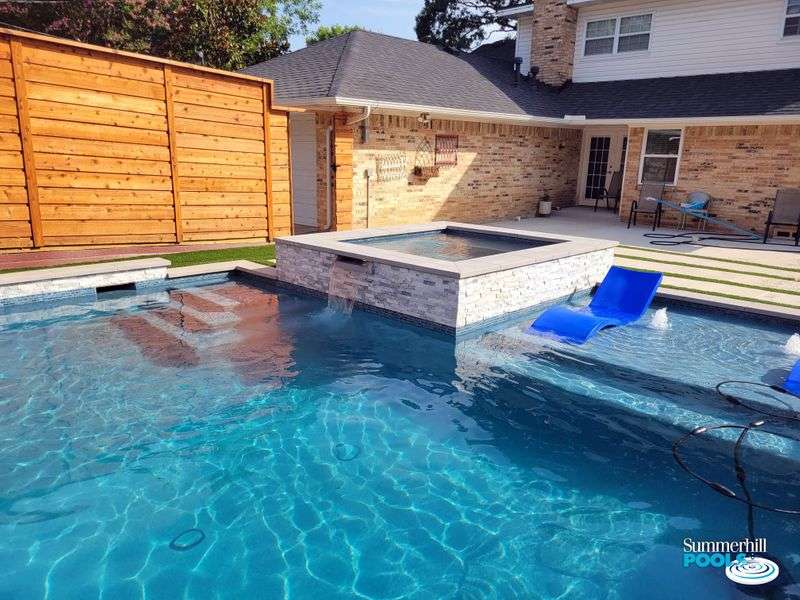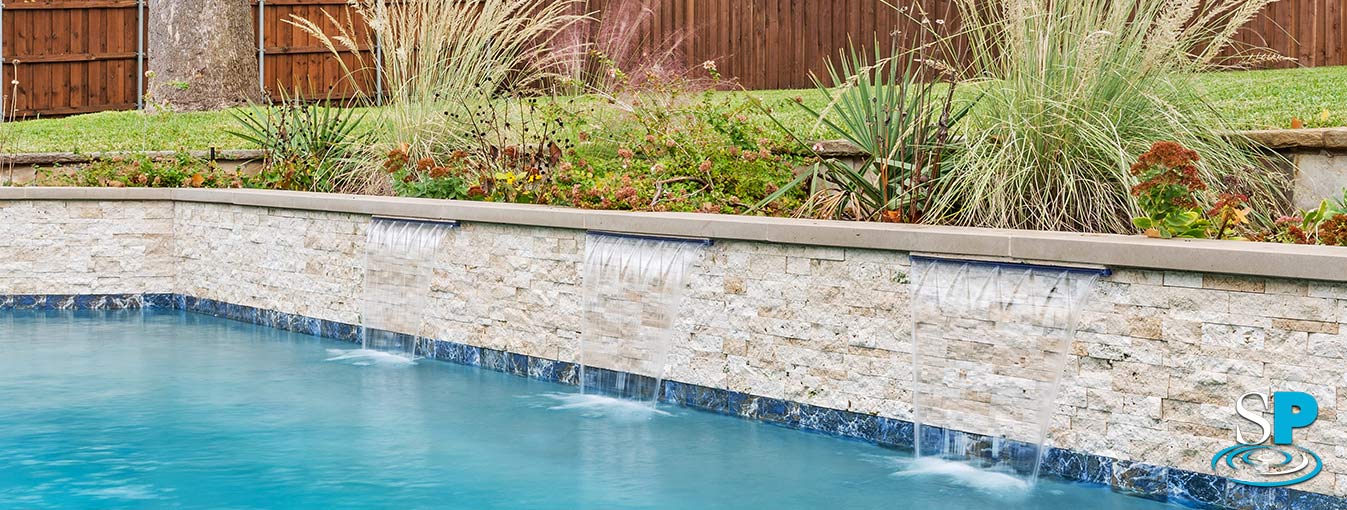 If you find yourself sneezing and your eyes feel itchy, your body has probably realized that pollen is the heaviest in Northern Texas between the months of March and May. Specifically, the highest counts are from tree pollen and grass pollen. You might think this pollen in the air wouldn’t affect your refreshing morning swim, but you would be wrong. Pollen can cause huge issues for swimmers with allergies or respiratory issues, such as asthma, which is why it’s important to maintain your pool with pollen in mind.
If you find yourself sneezing and your eyes feel itchy, your body has probably realized that pollen is the heaviest in Northern Texas between the months of March and May. Specifically, the highest counts are from tree pollen and grass pollen. You might think this pollen in the air wouldn’t affect your refreshing morning swim, but you would be wrong. Pollen can cause huge issues for swimmers with allergies or respiratory issues, such as asthma, which is why it’s important to maintain your pool with pollen in mind.
Telling the Difference Between Pollen and Algae
Yellow mustard algae can look a lot like pollen in the water. Knowing the difference can save you a lot of hard work and ensure that your pool is getting the maintenance it needs.
The main difference between algae and pollen is where they each collect in your pool. Pollen will float at the surface, while algae will stick to the sides and the bottom of the pool. Pollen is easily filtered by the pool’s filtration system, potentially yielding a yellowish-green color. Algae is not as easily collected by a filtration system; instead, it will continue to grow on the walls and flooring.
Removing Pollen From Your Pool
Removing pollen from your pool needs to be a daily activity, as more pollen will collect every day, replacing whatever you removed the day before. You can do this using a few different methods.
1. Run the filtration system – During pollen season, running the pool filter for a bit longer during the day will help rid it from your pool’s water, keeping it clean and safe for swimmers. For best results, increase the run time of your filter for at least 30 minutes. An hour longer will likely yield the best results, however. Any longer will cause a noticeable rise to your energy bills, which can make getting rid of the pollen in your pool not as cost-effective.
2. Skim the water regularly – Use a mesh head pool skimmer to pick up any pollen that has collected overnight every morning. You may also want to skim in the afternoon again to remove any pollen that has collected throughout the day if the pollen count is particularly high.
3. Shocking the Pool – One of the last lines of defense to use when the pollen is especially bad is to shock the pool. This also helps kill any other allergens or harmful bacteria that may be calling your pool home. In the morning, make sure you run the pool’s filter and give it another skim with the mesh head skimmer before getting in the pool. This will get rid of anything else that was leftover in the water from the shock.
Regular Maintenance Services
Fighting off something as ubiquitous as pollen is best done with a team. At Summerhill Pools, we can help you make sure that your pool remains a reprieve from the rest of the world rather than a source of discomfort. Our experts can provide you with routine services that will keep your filter and pool’s plumbing in tip-top shape and working effectively to rid your pool of pollen. Save yourself the headache from both pollen and trying to tackle everything yourself and call Summerhill Pools today!



